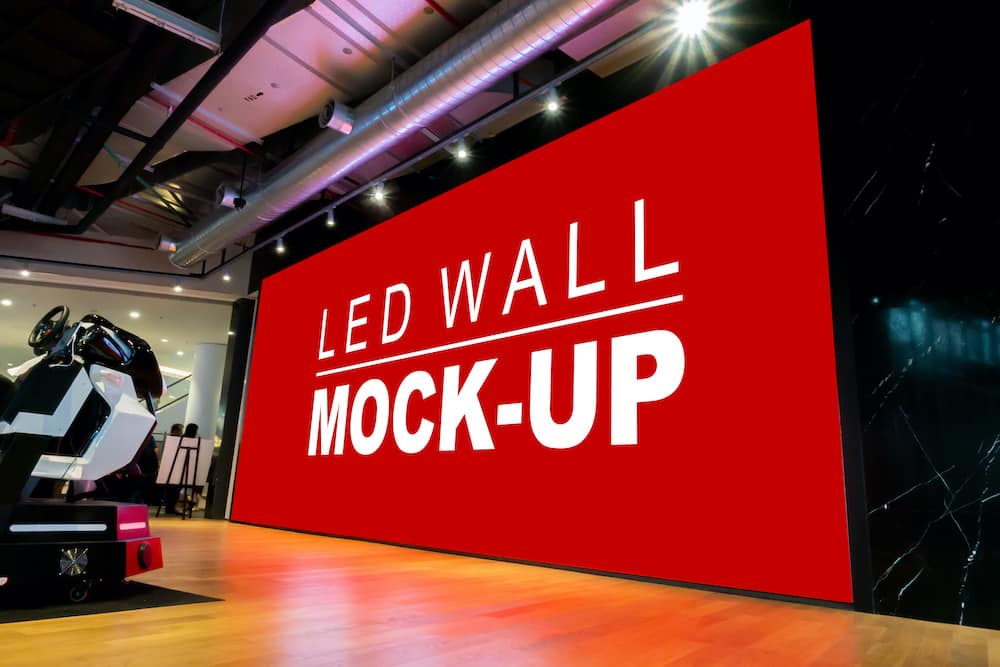Exploring How Definition Affects the Performance and Aesthetic Quality of LED Screens in Modern Display Techniques
Exploring How Definition Affects the Performance and Aesthetic Quality of LED Screens in Modern Display Techniques
Blog Article
Light Emitting Diode screens are becoming more and more common in various settings, including concerts and athletic competitions to business presentations and art installations. One of the most crucial elements that affect the functionality and visual quality of these displays is image clarity. Image resolution refers to the number of pixels that make up the image on the display. Increased image clarity indicates additional pixels, which can lead to sharper and clear images. Understanding how image clarity impacts LED screens can help users make informed decisions about their display needs.
When talking about image clarity, it is crucial to take into account picture spacing, which is the distance between the midpoint of one pixel to the center of the next pixel. A reduced picture spacing results in a higher resolution, allowing for more detail in the images shown. For instance, an LED wall with a pixel spacing of 1.5mm will offer a sharper image than one with a pixel pitch of 3mm. This is especially crucial in environments where viewers are close to the display, such as in a compact location or a trade show booth. In these situations, a greater image clarity can significantly enhance the viewing quality.
Another factor of resolution is its impact on hue precision and luminosity. LED walls with greater image clarity often have better hue rendering, indicating that the colors displayed are increasingly lively and true to life. This is essential for uses like advertising, where the goal is to capture interest and convey a message efficiently. Additionally, higher image clarity screens can preserve brightness levels even when viewed from various perspectives. This is important in big venues where viewers may be positioned at various ranges and positions from the screen.
The functionality of LED screens is also affected by image clarity in terms of update frequencies and reaction times. A higher resolution display can handle faster refresh rates, Recommended Reading which is crucial for fast-moving material such as films and motion graphics. This indicates that the images on the screen will appear smoother and more fluid, enhancing the total viewing quality. In comparison, reduced resolution displays may struggle with fast-moving content, leading to blurriness or delay. Therefore, for occasions that depend on dynamic images, selecting a screen with a appropriate image clarity is critical.
In summary, image clarity plays a vital role in determining the performance and visual quality of LED walls. Factors such as picture spacing, hue precision, luminosity, update rates, and response times all contribute to how effectively a display can communicate data and capture viewers. As advancements continues to progress, grasping these factors will assist users select the right LED wall for their particular requirements, guaranteeing that they obtain the best possible results in their displays and events.